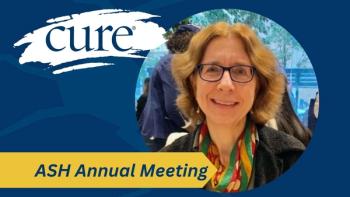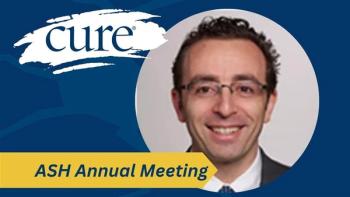
Complementary Cancer Therapies: Fatigue and Exercise
Even though fatigue makes it hard, exercise is important for cancer survivors.
Some of the first studies on complementary therapies focused on exercise, and research has continued to accumulate about the positive impact for cancer patients and survivors — particularly when it comes to fatigue. I know this sounds like the ultimate contradiction, getting up to go exercise when all you have energy for is crawling onto the couch.
The mountain of research about how exercise improves fatigue — and other related issues – has led to the field of physical activity and cancer survivorship to have its own label: exercise oncology. In the past three decades, exercise has been tested as an intervention strategy to “help cancer patients prepare for treatment, cope with treatment and recover from treatment,” according to a
When I was diagnosed the doctor told me the opposite — go home and rest. In 1986, there was not as much research on complementary therapies as there is today. I remember falling asleep in a doctor’s office once, and, because I was on a couch around the corner from the nurses’ station, they didn’t find me until they were closing the office at 5 p.m. I felt someone shake me, and I think I said something like, “Can’t you just throw a blanket over me and I will be his first appointment in the morning?”
Included in the studies are those that show how exercise can improve not only fatigue, but also the depression that often accompanies it, and, while the mechanism that brings this about is still not well understood, multiple studies have confirmed the
Another study, conducted at the Queensland University of Technology, looked at 300 breast cancer survivors, and found that the ones who exercised for at least three hours a week showed better survival rates than those who didn’t. Exercise could be something as simple as going for a walk.
Exercise can take many forms, from a walk around the block to a program at the local YMCA called LIVESTRONG at the YMCA, which provides 12 weeks of not only exercise by professional trainers but the camaraderie with other survivors that has shown to be another positive factor in healing.
You would think the mounting evidence would convince our oncology community that this is one complementary therapy that can only help and not hurt. Until your cancer center has such a program, seek it out on your own and get moving.





